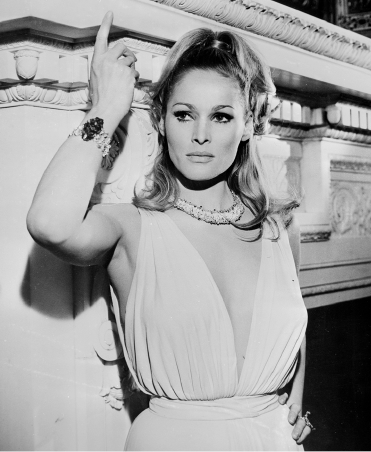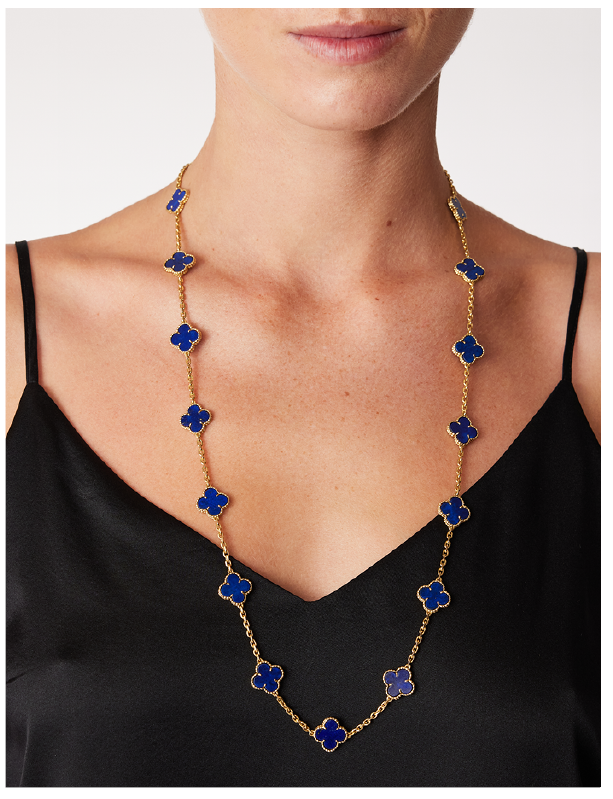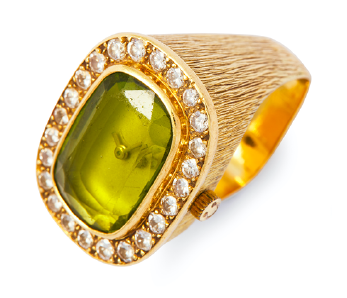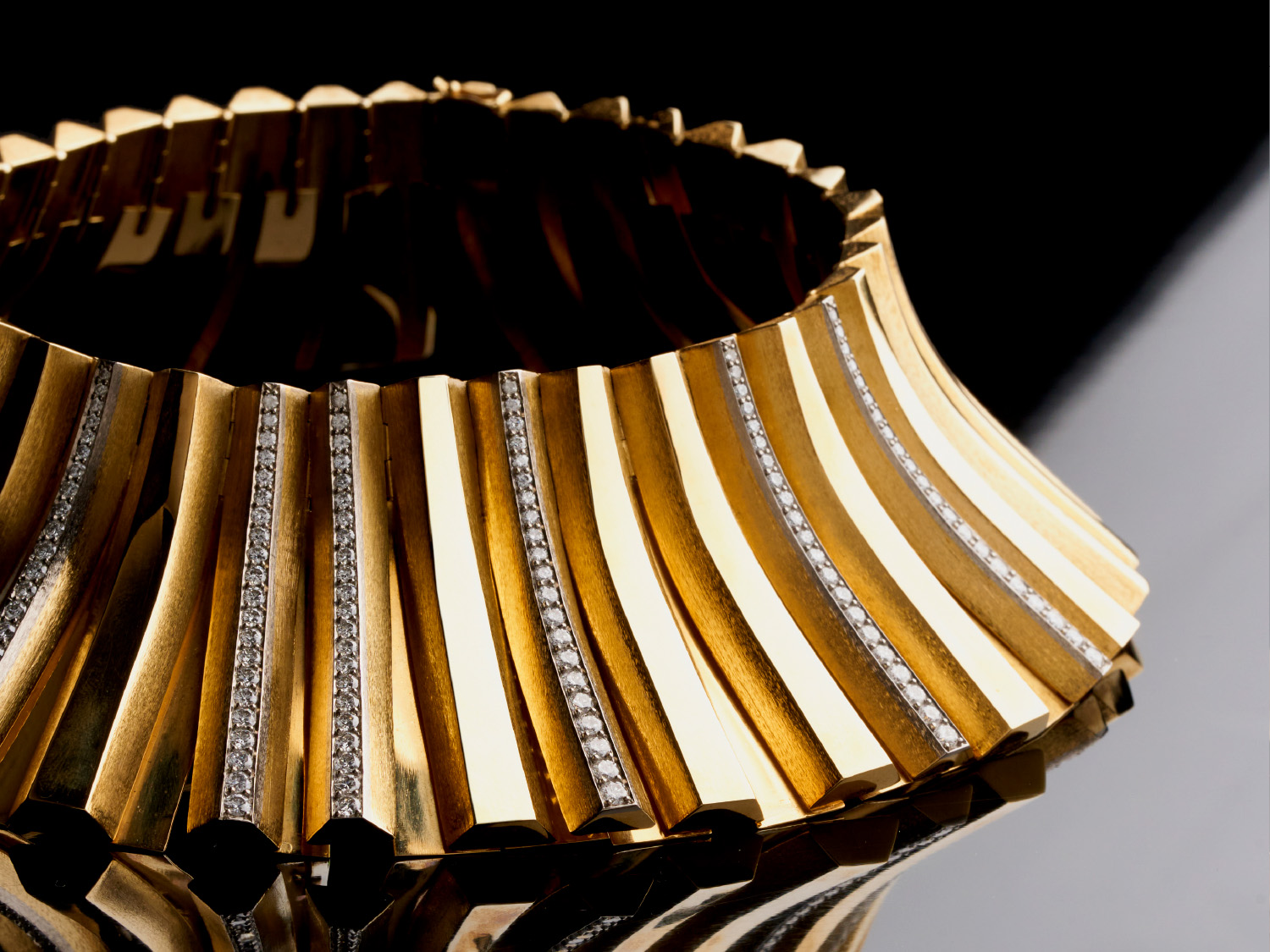The 1970s were defined by profound cultural, political, and economic upheaval including the rise of second-wave feminism, the impact of recession and inflation, and a growing disillusionment with post-war ideals. These shifts were deeply reflected in the visual and material culture of the time, particularly in the field of jewellery design. Departing from traditional notions of luxury, jewellery designs of the 1970s were tactile, sculptural and deliberately expressive.

Unlike the restrained elegance of the 1950s or mod experimentation of the 1960s, 70s jewellery embraced bold and sculptural designs. Pieces from this period often appear more as wearable objects than conventional accessories. Rings wrapped over multiple fingers, pendants hung from thick torques, and cuffs enveloped the wrist like armour. Pieces moved away from the rigidity of formal gemstone settings and leaned into the expressive potential of raw materials such as gold. Yellow gold in particular, whether textured, brushed, crumpled, or even roughly cast, dominated the decade.
Several notable designers and houses helped to shape and define the era. Elsa Peretti’s designs for Tiffany & Co. introduced a refined minimalism, where fluid silver and gold forms followed the body’s contours. Andrew Grima, working in the UK, pushed boundaries with abstract, brutalist form and textured gold surfaces. Italian houses such as Bulgari embraced a more geometric and colourful approach, using hardstone inlay and architectural motifs to redefine glamour. Even Cartier, a house known for its finesse, began to play with scale and introduce a bolder palette to jewellery designs.

In recent years, jewellery from the 1970s has undergone a notable reappraisal as collectors, curators, and tastemakers increasingly recognise the era not as a stylistic outlier, but as a pivotal moment in the evolution of jewellery. Elsa Peretti’s iconic Bone Cuff first released in 1970, recently embraced by a new generation of celebrities, fashion figures, and digital influencers, exemplifies the resurgence of interest in 1970s-era designs. Similarly, the revival of Cartier’s Juste un Clou bracelet first released in 1971 and Van Cleef & Arpels’ Alhambra collection from 1968 highlights a broader trend toward bold and symbolic designs inspired pieces that emerged during this transformative period. Renewed enthusiasm has also been reflected in the secondary market, with recent international auction results showing strong demand for quintessential 1970s works by designers such as Andrew Grima, Jean Schlumberger Kutchinsky, and Elsa Peretti, all of whom exemplified the experimental and sculptural aesthetics that defined the decade.

The striking 18ct gold and diamond collar, pictured above, encapsulates the key design principles of the 1970s. Composed of oversized, articulated gold panels set with graduated round brilliant-cut diamonds, the piece reflects the decade’s embrace of dramatic scale and overt glamour. It stands as a compelling example of a period in which jewellery functioned not merely as adornment, but as a medium for expressing personal identity.
The Fine Jewels and Timepieces auction will take place on Monday 20 October 2025 in Melbourne. For viewing times and to see the full catalogue please visit our website.
By Bethany McGougan, Head of Jewellery & Timepieces
Top Image: 18ct gold and diamond collar, circa 1970 $25,000-35,000
October 2025
